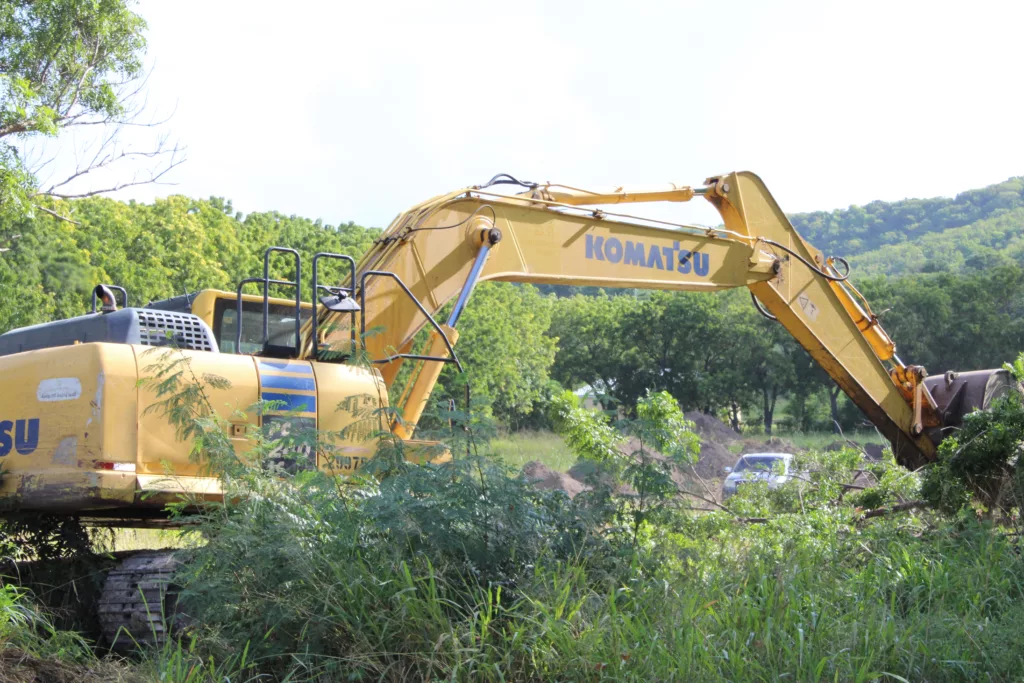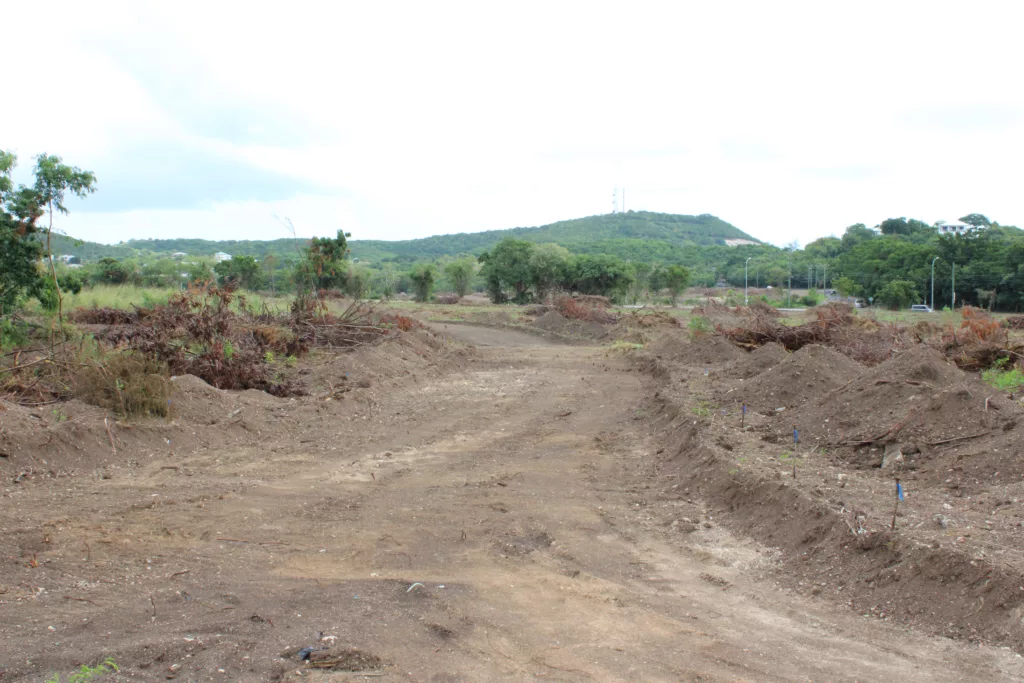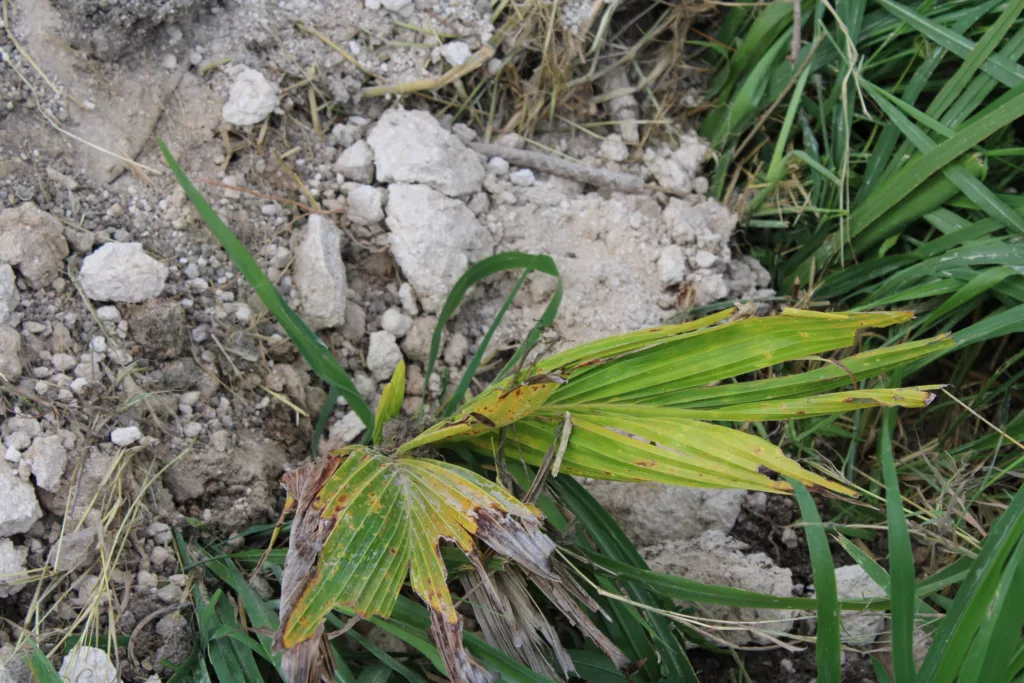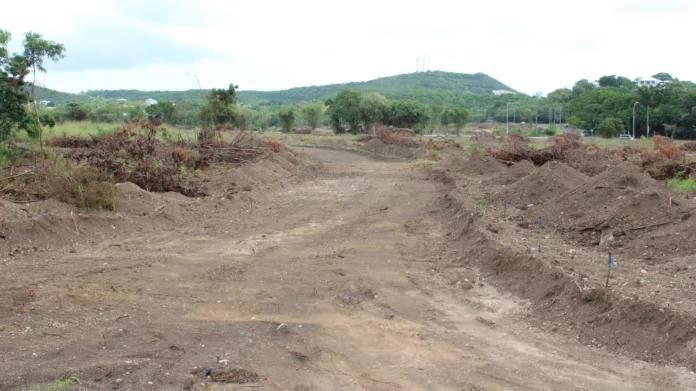By Robert A Emmanuel
As workers at the Dunbars Experimental Station and Cotton Division comb through the remaining crops left over after excavation work underway in the area, Observer media was given a briefing as to what is happening at the site.
Last week, workers were caught off guard when excavators began to uproot many of the fields at the nine-acre property to make way for a new social housing project. The excavators had already been seen working for several weeks at the boundary of the facility, near Cedar Valley Road.
According to sources, workers at the facility sought clarity from the Permanent Secretary and other senior officials at the Ministry of Agriculture for official word as to whether the excavation work would encroach onto the property.







“It was just rumours [at first] … the Permanent Secretary, the Director and a bunch of [Ministry of] Lands officials who deal with agricultural land came onto the property earlier in December and… I remember asking the PS what exactly it is about,” Jody-Ann Richards, the current Station Manager, explained.
She revealed that workers continued work as normal as they remained in the dark about what was to come a few weeks later, thinking that they had months or years before the housing development moved into their area.
Many workers explained that, even up to Tuesday night, they were seeing unknown persons taking advantage of the chaos to steal fruit trees and other crops while what remained became part of the heaps of detritus dug up.

Meanwhile, Senior Research Officer Maud Vere Bradshaw, Victor Harris of the Greencastle Agricultural Station in Bendals, Chester Samuel of the Christian Valley Agricultural Station, and Jahmel Ralph, Station Supervisor at the Cades Bay Pineapple Station, conducted a damage assessment of the eight fields.
An initial assessment of the irrigation system—including the mains, fittings and the drip lines—at the Dunbars facility would be somewhere in the region of $3,000 per plot.
Meanwhile, coconut trees and seedlings were seen uprooted in the area, with Ralph explaining the importance of the trees.

In 2015, Antigua and Barbuda faced an epidemic of lethal yellowing among various palm tree species.
“So, the goal was to basically plant them, and their nuts will be used to propagate at other stations for distribution to help to repopulate the coconuts on the island,” he said.
He said around 30 coconut trees were planted around each of the driveways and fields.
They hoped that the government would give them more time to properly extract the crops and equipment safely as they continue to insist they were not opposing the housing development by the Cabinet.

